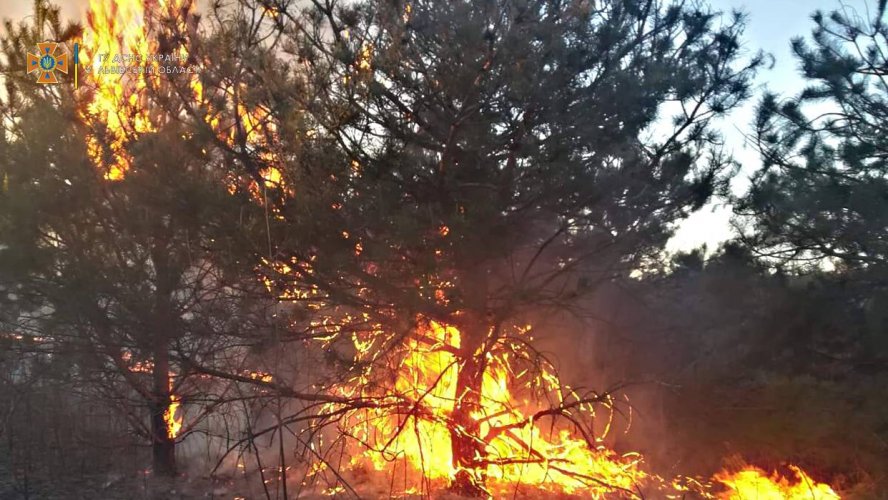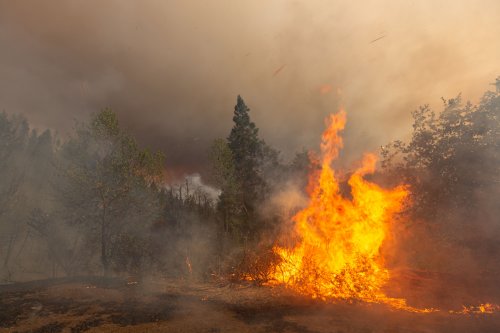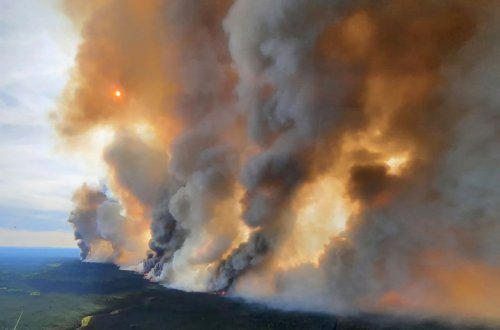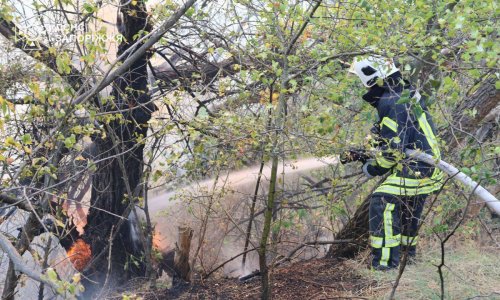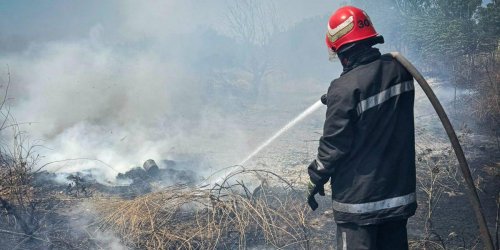In Ukraine, during the 4 months of the war, shelling caused at least 37,867 large-scale fires in ecosystems and settlements, covering an area of 100,662 hectares.
An analysis of data from NASA satellites showed that 36,154 hectares of forests and 10,250 hectares of grass ecosystems were destroyed by fire, reports the Ukrainian Environmental Group - UNCG on Facebook.
Environmentalists conducted an analysis on the territories in the zone where a full-scale offensive took place or is taking place and in the zone of reach of the most massive artillery weapons, including already liberated territories.
The material noted that satellites record only temperature anomalies that last at least 3 hours.
The highest concentration of fire-affected forests is in the vicinity of the cities of Severodonetsk, Liman, Izyum, Svyatogorsk in the Luhansk and Donetsk regions, as well as the northern outskirts of Irpen, Bucha, Borodyanka and Makarov in the Kyiv region.
In their calculations, they assumed that the source of such a fire had a radius of at least 100 meters. Thus, the actual volume of fire-affected areas may be larger. Detailed information can be obtained with the help of remote sensing of the Earth and field surveys of the territory, but after the de-occupation.
"According to our calculations, virtually every third hectare of Ukraine destroyed by fire is a protected area," the article says.
The vast majority of used ammunition (from guided cruise missiles to mortars) under certain circumstances leads to fires in ecosystems. However, Russian troops have repeatedly used special incendiary ammunition.
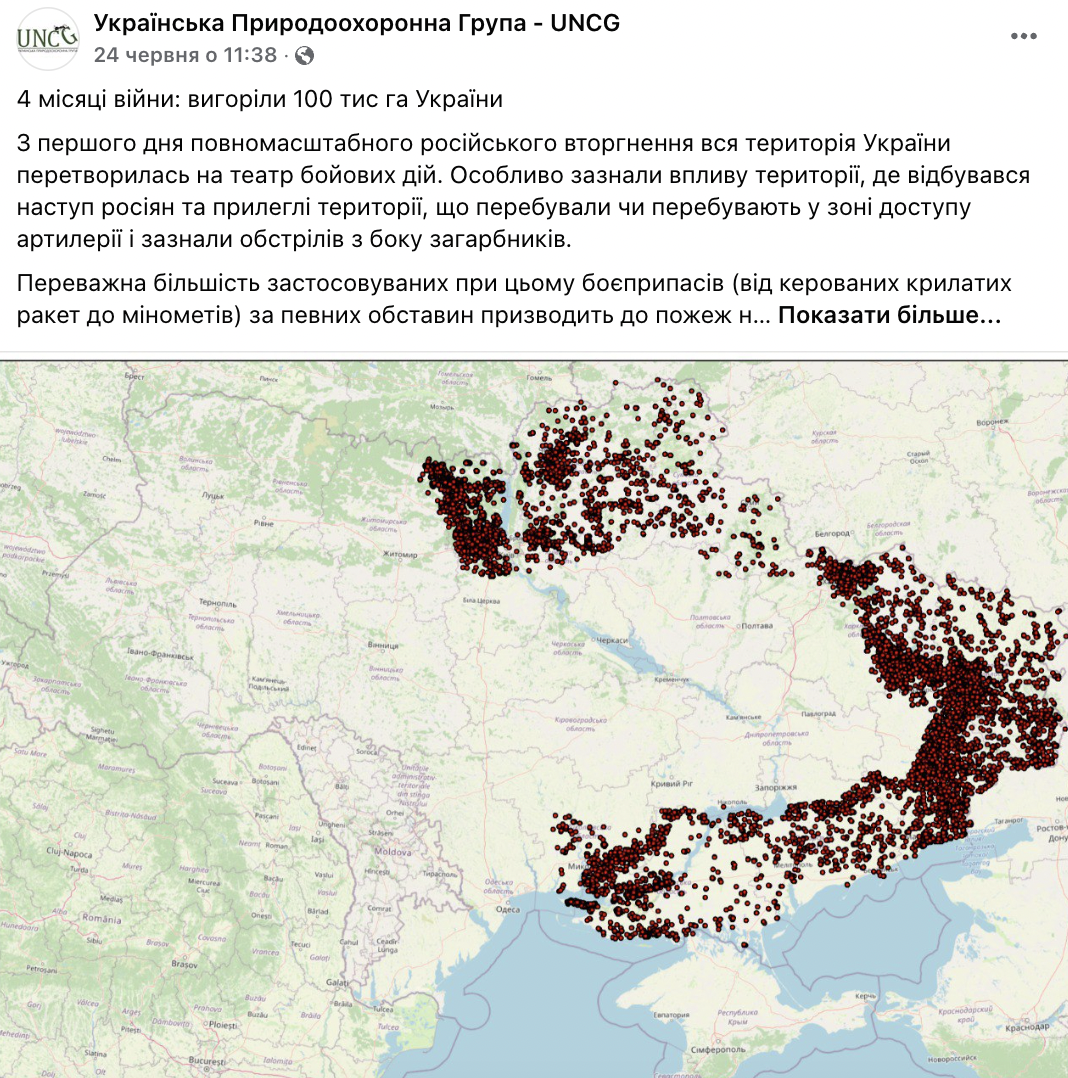
Recall Minister of Ecology Ruslan Strilets spoke about the global environmental consequences of the war, calling them time bomb.
As EcoPolicy reported earlier, there are the consequences of Russian aggression for the environment for the week of June 16-22.

